
Agile Requirements Management: The Art of Collaboration
In this article I want to expand on how to manage requirements, particularly focused on delivering user stories to development teams ready for sprint refinement sessions. The starting line is a set of requirements that have already been formulated and issued, for example as part of a tendering process for a new service or upgrade to an existing service.
The Tool
We adopted the Confluence wiki collaboration tool as it is well integrated with the preferred Jira sprint management tool from the same supplier, Atlassian. The objective was to build a knowledge base for the product that is sharable and retains useful insights posted by stakeholders and the project team; this will facilitate future enhancements but also be invaluable in answering the inevitable question – “Why did we do that?”
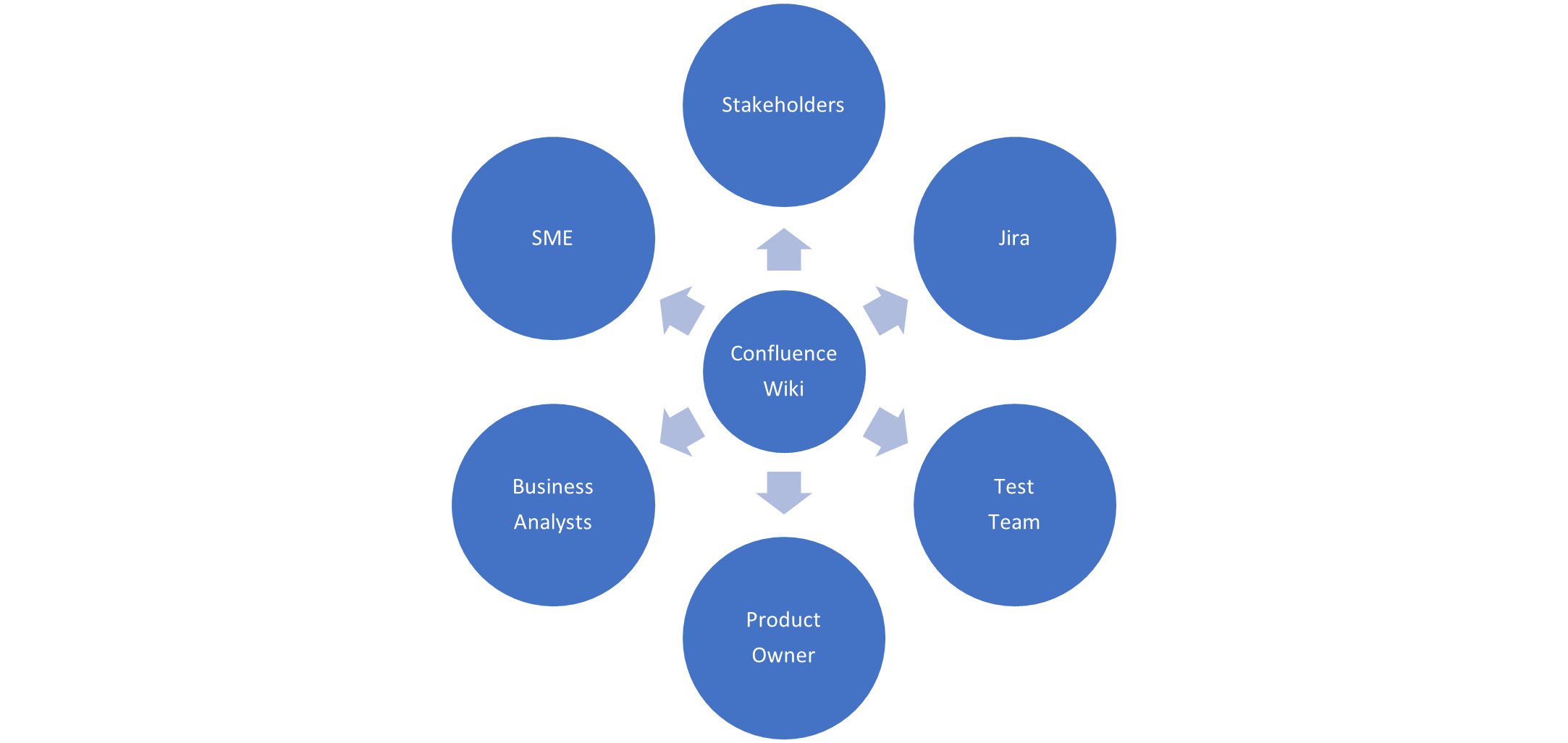
The start point is to load each requirement as a separate Confluence page; this approach means that you can link to individual requirements using the page URL but also provides a ready-made folder to hold related content. This has an initial overhead in loading the requirement pages but provides lots of advantages downstream, so its well worth the effort; we managed to load in excess of 800 requirements for one contract.
You may be thinking why not use a table embedded in Confluence page to hold all the requirements but this is hard to manage and you cannot easily address each requirement.
Tip – Setup Subject Areas
Setup a subject area hierarchy in Confluence and file requirements appropriately, this will facilitate creating views of subsets of requirements using the ancestor filter option in the reporting macro.
Trace Requirements
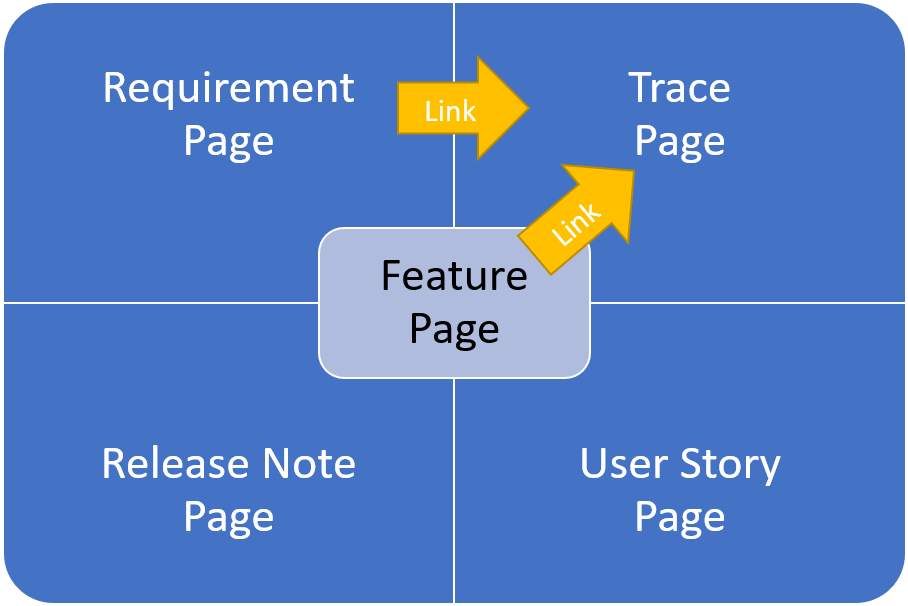
Add at least one trace for each requirement, one for each feature impacted by the change or new feature that will need to be developed.
In parallel, features can be added to the wiki, again as separate pages – one per feature; it does not matter that the feature page has little content at this stage, the aim is to have a place holder that is ready to receive content and will allow everything to start to become joined up.
If the feature is already in place, then you can just plug in the link in the trace page and you are ready to move forward.
Tip – Identify Impacts
Each impact will need a separate trace, however traces can be grouped together for delivery as a single story. Trace pages are filed as child pages to the parent requirement, so everything is kept together.
Advertisement
Validate the Solution
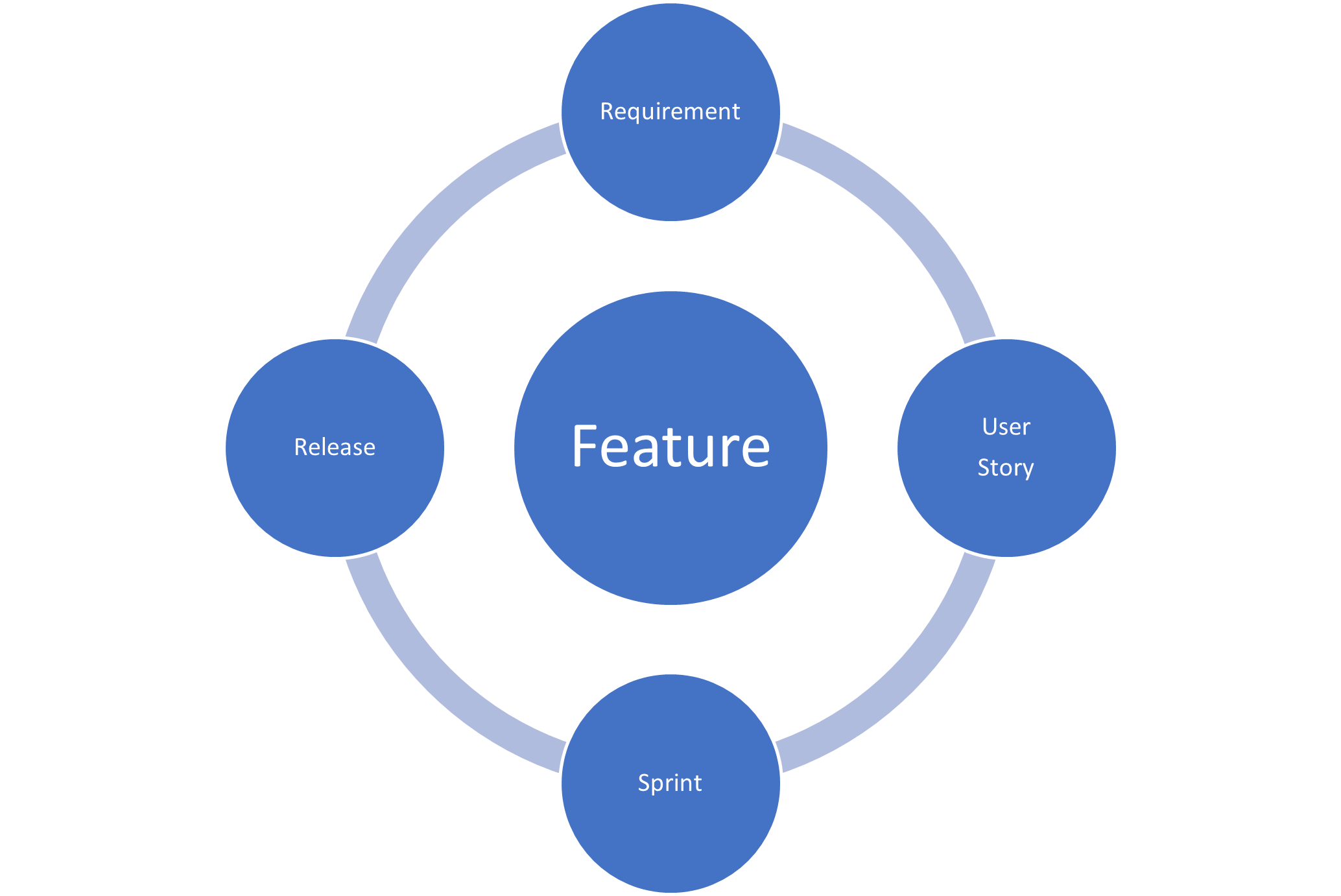
Validate the proposed feature changes with the Product Owner and SME’s, this is achieved using workshops and reviewing the trace page content and adding clarifications to pages during the sessions, so everything is up to date and immediately available to the team.
The sort of points to consider are – does the Product Owner agree with the introduction of a new feature or a change to an existing feature, are there better options to consider such as buying a third part add-in; these kinds of questions need to be answered before moving into a more detailed analysis of the requirements.
Tip – Agree Solution
Stories to be written are agreed before they are actually written to reduce the risk of wasted effort.
At this stage a story title may be added as a reminder to the author of what needs to be covered, this will then be replaced with the URL to the story page once it has been created.
The Collaboration Solution

I’m guessing by now people will be wondering how on earth will all those requirement, feature and trace pages be manageable once they have been loaded into Confluence.
This is where you can use a feature of Confluence known as the Decision macro, at first glance it does not appear to offer much – the ability to create logs of decisions to manage, so each decision is a separate page but you get a consolidated view that pulls them together – a bit like a spreadsheet.
The next step is to realise that requirements, traces and features are really just decisions – a decision to request a feature in a product, to deliver a product feature using an agile user story etc. The nice thing about decision pages is that they can be customised, we devised templates for each type of decision – requirement, trace, feature etc. So now we have logs of all our requirements, traces and features but each can be managed separately as a Confluence wiki page.
Tip – Setup Filters
Logs can become quite large, so the solution we adopted was to use the requirement subject areas to create filtered views that only included traces for a particular branch.
Create User Stories
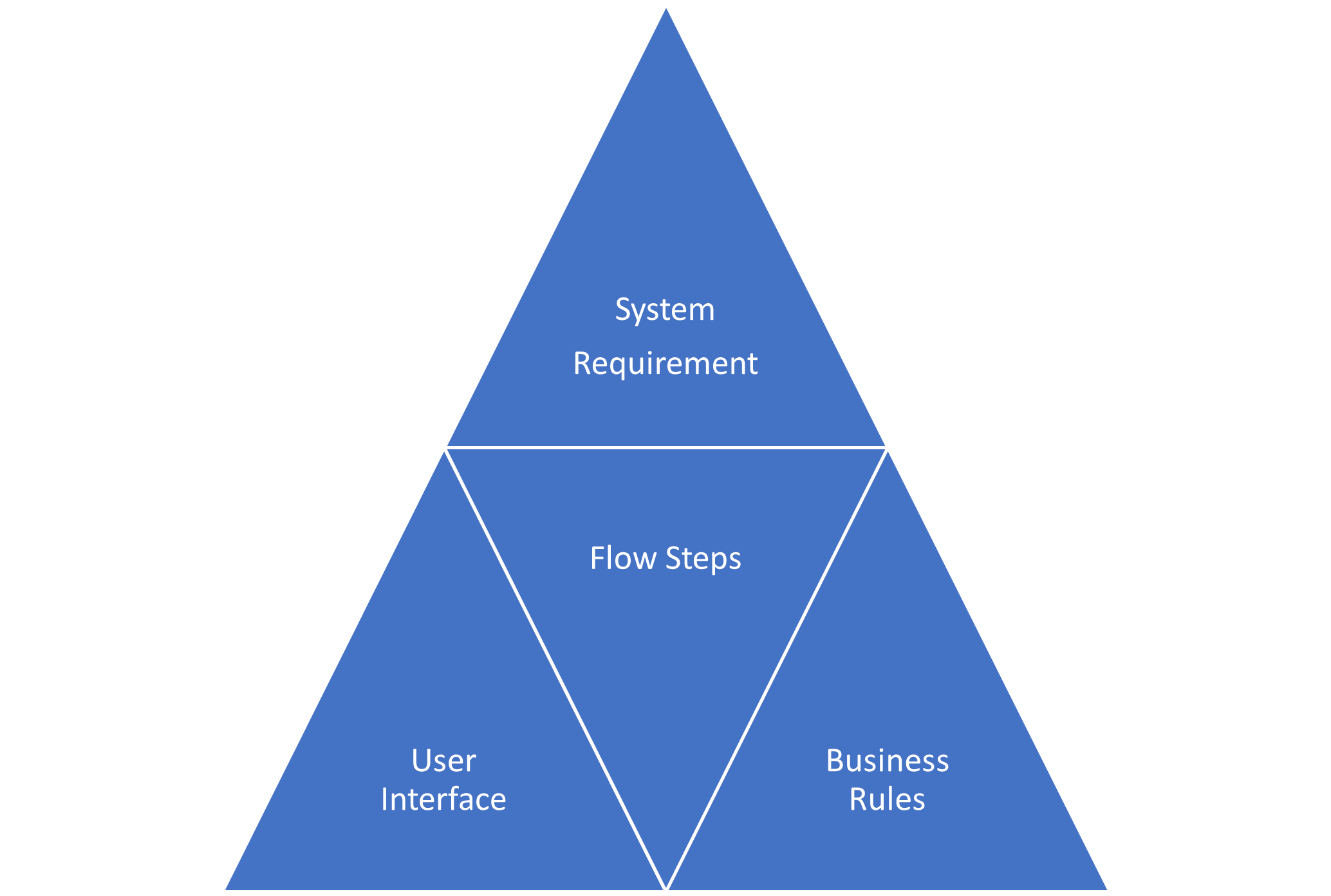
Write the user story content to fulfil the requirements including the detailed process flows and business rules.
As stories may relate to multiple requirements they are filed in a separate branch and not under a specific requirement, they are still linked back to the requirement via the trace pages.
Tip – Story Content
Add as little or as much content to ensure that the requirement will be met including process flows and business rules.
This is more effective than trying to develop business rules once sprints have started.
User stories may be grouped together where a lot of stories need to be managed.
Validate User Stories
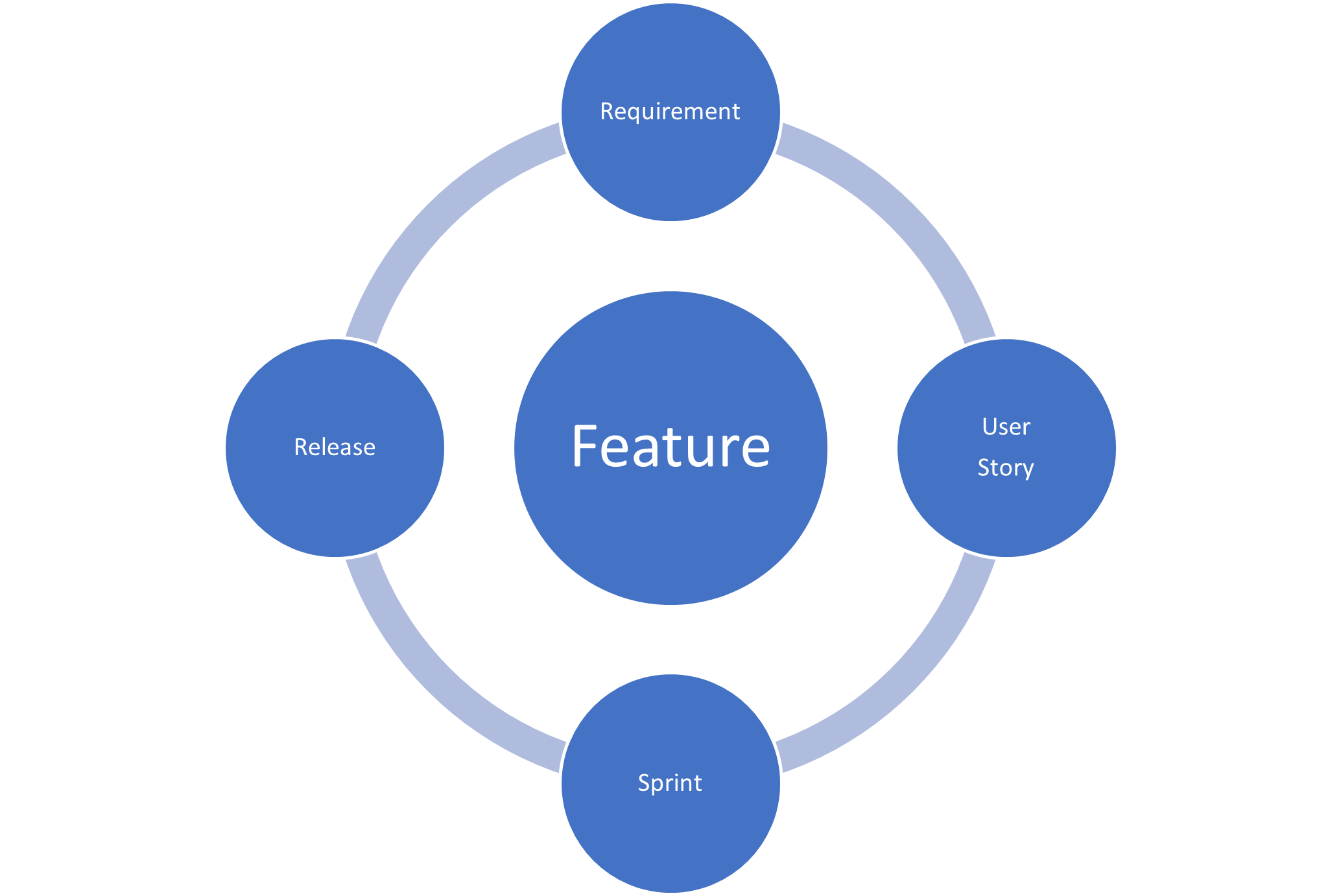
Check the proposed changes with SME’s, are the business rules correct, you may include mock-ups of user interfaces to facilitate the process and give context to the proposed changes.
Tip – Workshops
Workshops can be used to present user stories prior to development to mitigate the risk of the wrong solution being delivered.
Conclusion
Finally, we created a Jira ticket for each story and link it to the Confluence story page; Confluence is a better tool for content than Jira but they are both only one click away from each other. Click on the Jira link in the story page and you are taken to the Jira ticket and similarly you can navigate back from Jira to the Confluence story.
In fact, you can navigate right back to the requirement(s) behind each story, all the links will be setup and ready to use with no additional effort.
Don’t forget to update your feature pages with the story releases – cut and paste job mainly; otherwise, you will need to read through all the stories for a given feature, in chronological sequence, just to find out what it is currently meant to be doing in production!